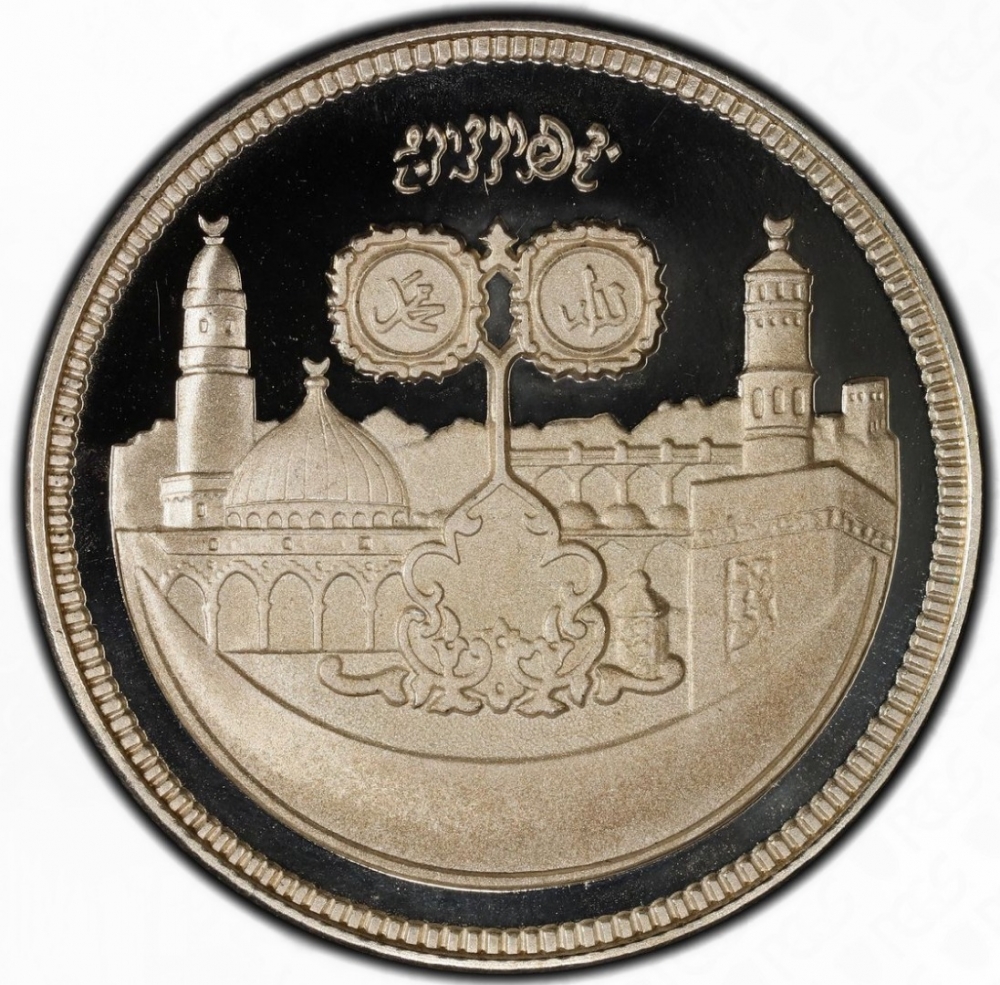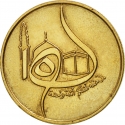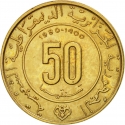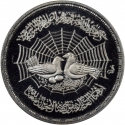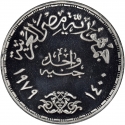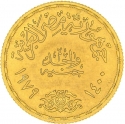You are about to finish your registration. Please check your mailbox (including spam folder). There should be a letter with a confirmation link. Check setting to make sure that your e-mail address is correct.
Send letter againDescription
The Hijri calendar also known as the Lunar Hijri calendar and (in English) as the Islamic, Muslim or Arabic calendar, is a lunar calendar consisting of 12 lunar months in a year of 354 or 355 days. It is used to determine the proper days of Islamic holidays and rituals, such as the annual period of fasting and the proper time for the Hajj. In almost all countries where the predominant religion is Islam, the civil calendar is the Gregorian calendar, with Syriac month-names used in the Levant and Mesopotamia (Iraq, Syria, Jordan, Lebanon and Palestine) but the religious calendar is the Hijri one.
This calendar enumerates the Hijri era, whose epoch was established as the Islamic New Year in 622 CE. During that year, Muhammad and his followers migrated from Mecca to Medina and established the first Muslim community (ummah), an event commemorated as the Hijrah. In the West, dates in this era are usually denoted AH (Latin: Anno Hegirae, "in the year of the Hijrah"). In Muslim countries, it is also sometimes denoted as H from its Arabic form (سَنَة هِجْرِيَّة, abbreviated ھ). In English, years prior to the Hijra are denoted as BH ("Before the Hijra").
An essai is a type of trial strike, typically a non-circulating, non-legal tender coin with a slightly higher mintage than the usual pattern coin. This pattern without the word Essai.
Obverse

|
Depicts the national emblem of the Democratic Republic of the Sudan (1970–1985), denominations on both sides, country name between dates in Gregorian (left) and Islamic year (right) in Arabic numerals below. Inscription "15TH Hijrah Century" in Arabic above and "ISLAMIC WORLD 15 TH CENTURY" in English below. القرن الخامس عشر الهجري |
|---|---|
Reverse

|
Depicts the Prophet's Mosque (Dome and Minaret of the mosque) in Madena and Masjid al-Haram (Minarets and Ka'aba) in Mecca between them stylized Islamic ornament, crescent below, the inscription "In the Name of Allah" above and "Muhammed", "Allah" below it. بسم الله الرحمن الرحيم |
| Edge |
10 Pounds
Democratic Republic, Silvered Brass Essai
KM#
Characteristics
| Type | Commemorative Issue (Non-circulating) |
| Material | Silvered Brass |
| Weight | - |
| Diameter | - |
| Thickness | - |
| Shape |
|
| Alignment | Medal |
Related coins
1400th Anniversary of the Islamic Calendar (Hijra)
1400th Anniversary of the Islamic Calendar (Hijra)

